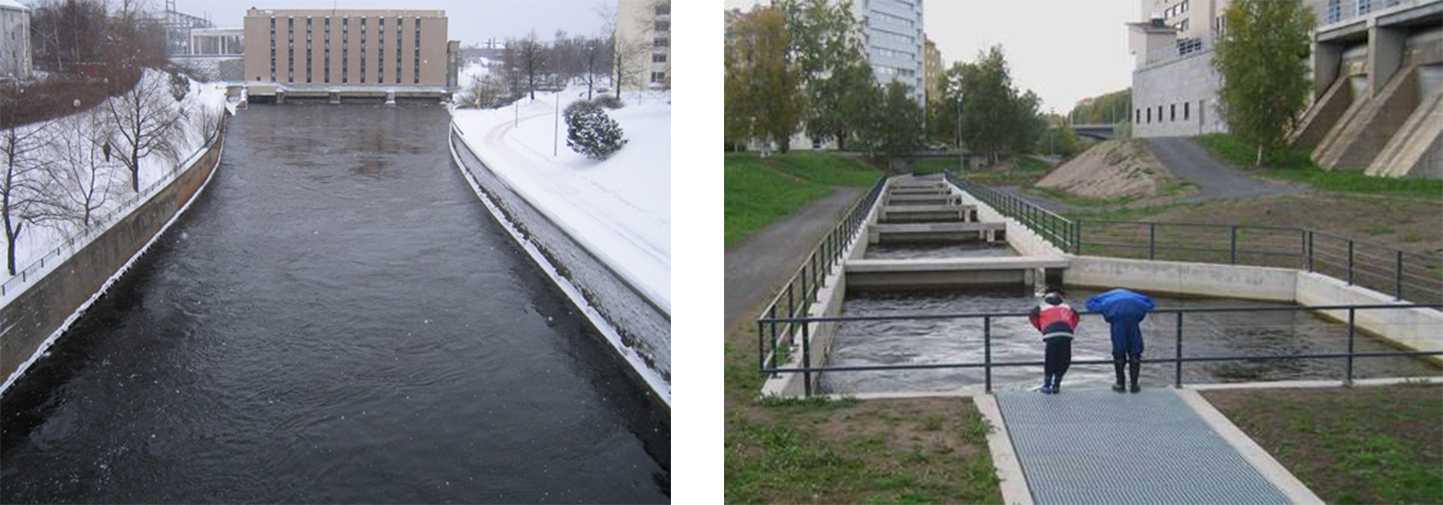There is a global boom in hydropower development, mainly fueled by public perception, especially because of the need to produce energy with less greenhouse gas emissions.
Thousands of major hydrodams are under planning or construction worldwide which may decrease the number of world’s large free-flowing rivers by more than 20% in near future.
Migratory salmonid fish species, like salmon and anadromous trout, are dependent on barrier-free migration routes and good connectivity across habitats over their life cycle. However, a majority of the world’s Atlantic salmon populations are in a status worse than healthy, and in the Baltic Sea area, two-thirds of salmon populations have been extirpated; damming the rivers being the most important reason for the decline. The impacts of hydropower development have been tried to compensate and mitigate by stocking fish and building fishways.
Whether fish passage at hydrodams is effective, depends on a wide variety of variables. Salmonid fishes are the best across fish species at making successful use of fishways, although the overall average of passage efficiency is only c. 60% upstream, and 75% downstream. Many fishways are size-selective too: ascending small salmon have higher probability to pass than large salmon. An efficiency of 70%, for instance, is not enough for sustaining a population, especially in the case of multiple dams: after five dams only 17% of the original amount of fish is left.

Successful downstream passage is equally important as upstream passage. A recent study in Finland comparing two neighboring large rivers – one with dams, the other without – showed that although the salmon smolt survival at the free-flowing upper reaches was similar between the rivers, survival at the lower reaches was six times higher in the wild river compared with the regulated one with five hydrodams. Such results call for effective actions to facilitate safe downstream migration by guiding and diverting devices.
Removing dams is an option in some cases. There are only few studies published so far quantifying the effect of dam removal on fish populations, most with a short time series. However, the few existing ones all point towards a positive effect and a successful outcome.
Migratory fish and dams might mix depending on the goal of restoration. If the goal is a self-sustaining population, the task is extremely difficult, if not impossible, especially in a case of multiple dams. If the level of ambition is lower, for instance, if supporting stocking is continued and an outcome of less than fully natural fish population is accepted, there are better possibilities for success even without removing the dams.

Jaakko Erkinaro is a Research Professor with the Natural Resources Institute Finland (Luke). He is working on migratory salmonid fish, especially Atlantic salmon, both in wild and regulated rivers. His interests range across various aspects on salmonid fish biology and management, from population dynamics, diversity and migration, to stock restoration and providing advice for decision-making.



